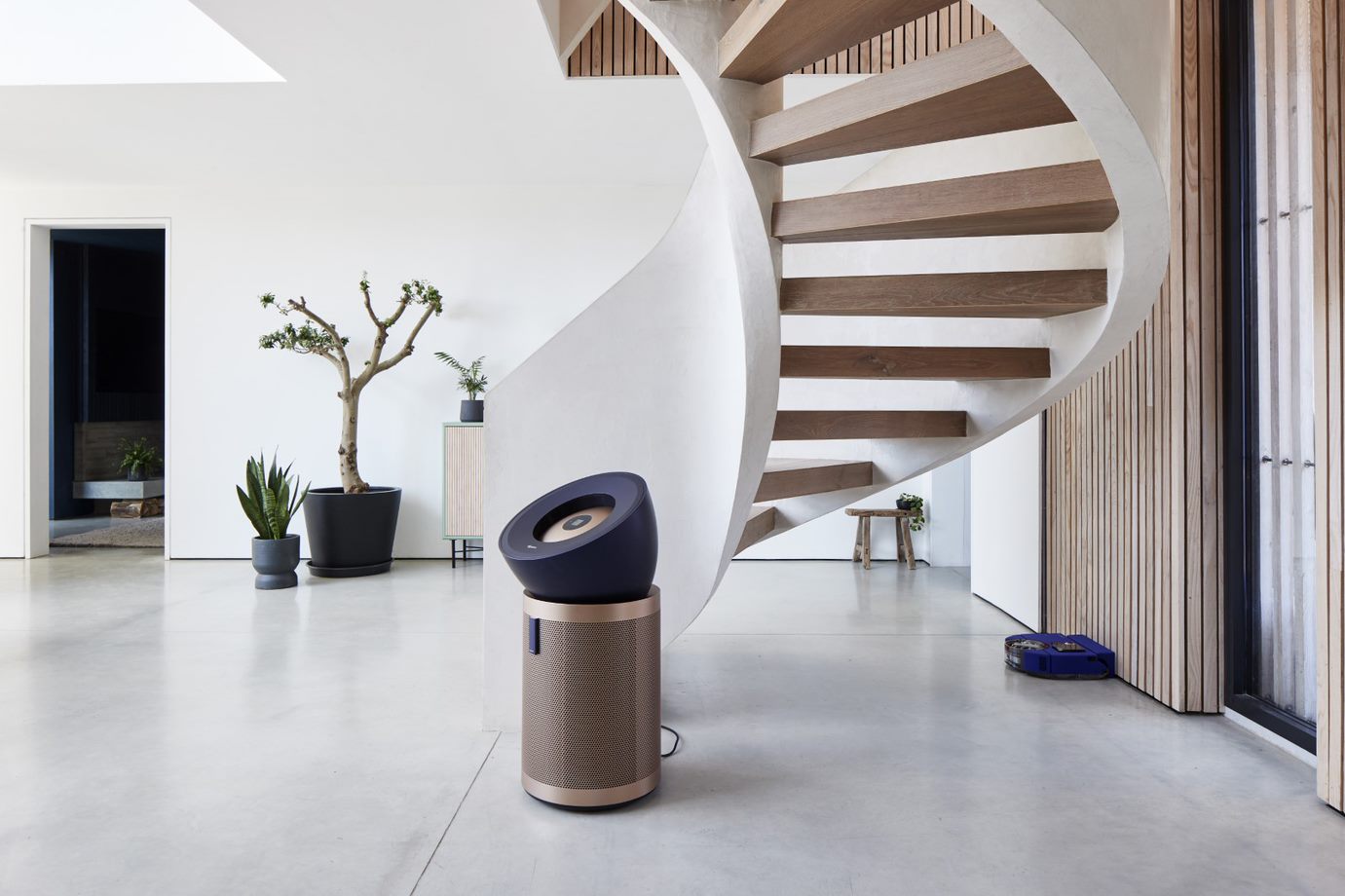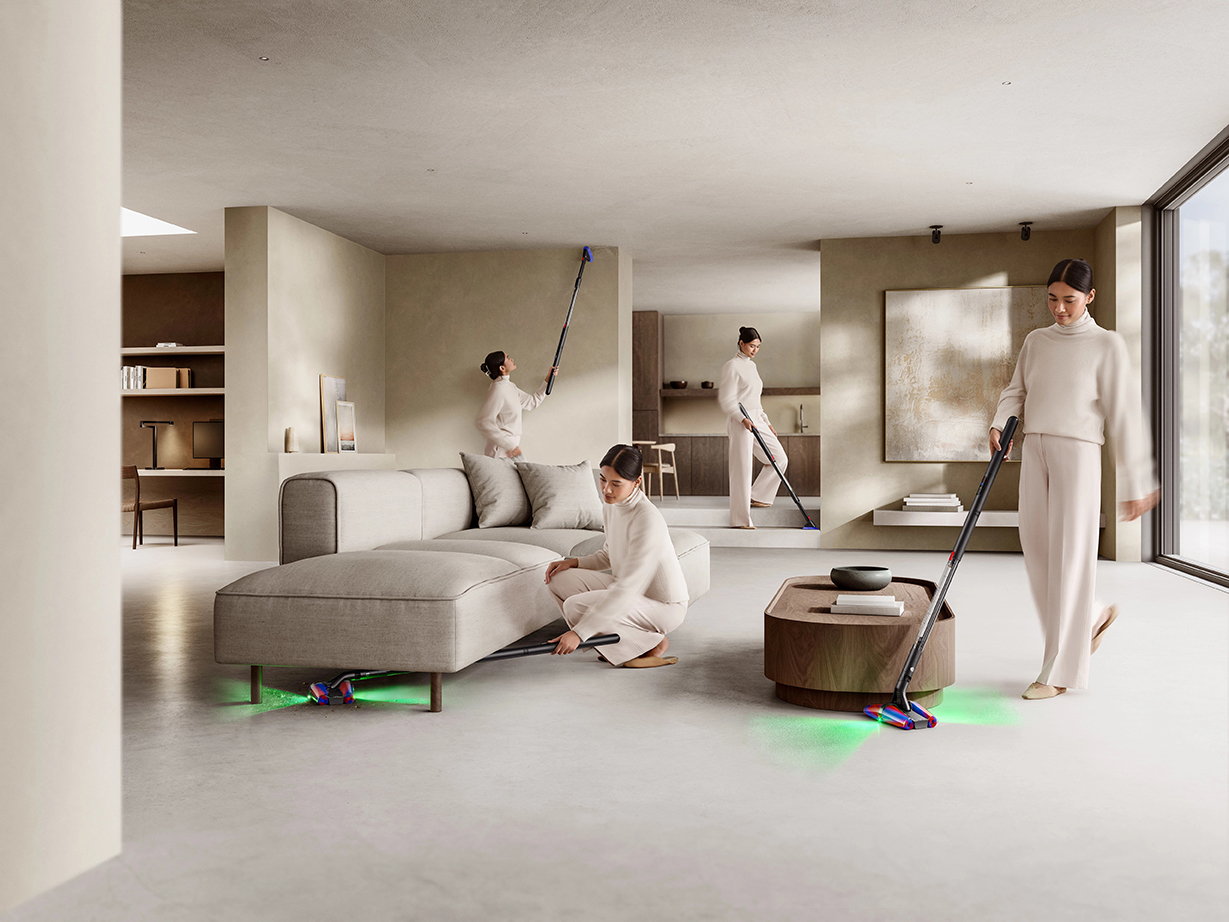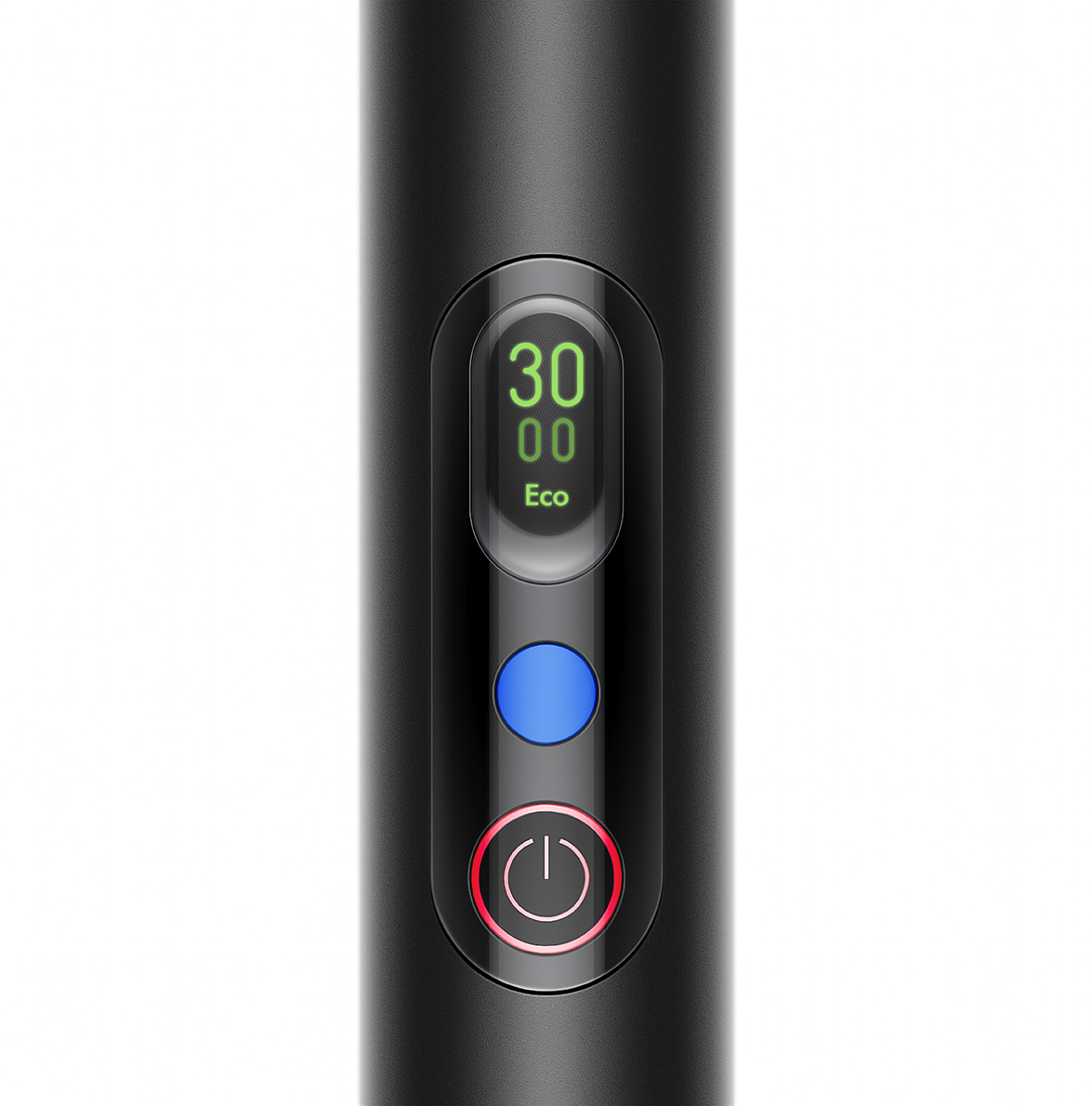Singapore homes are no strangers to unique environmental pressures. Think compact apartments, year-round humidity, and urban air quality that isn’t always as clean as it looks. What feels like daily inconvenience is exactly what Dyson’s engineers build solutions for.

From left: Daniel Chan, Lead Electronics Engineer, Tammy Lim, Connectivity Product Lead, Dyson.
We spoke to Tammy Lim, Connectivity Product Lead, and Daniel Chan, Lead Electronics Engineer, to uncover how Dyson’s design philosophy translates into practical solutions for healthier, more comfortable homes.
The invisible impact of air quality
Tammy explains that compact living spaces can amplify hidden pollutants: “Heat and moisture easily get trapped indoors, while dust, allergens, volatile organic compounds (VOCs), and even formaldehyde from furniture can accumulate quickly.”
Dyson’s purifiers are built for these conditions, using fully sealed filtration systems that trap pollutants as small as 0.1 microns. Combined with vacuums engineered to reach under low furniture and into narrow spaces, the goal is a holistic approach, capturing both surface and airborne pollutants for cleaner air across the entire room.
Winning the battle against humidity and mould
Mould is more than an eyesore, it’s a health risk. Tammy stresses that engineering design plays a role here too: “Our Dyson Purifier Big+Quiet Formaldehyde captures airborne mould spores while circulating clean air throughout the space.”
But technology isn’t the only solution. Tammy suggests pairing simple, no-cost habits with machines: ventilate after cooking or showering, seal gaps in windows and doors, wipe dust often, and switch on your cooker hood to manage both smoke and humidity. “The most effective strategy is combining thoughtful habits with high-performance machines,” she says.

Dyson’s Purifier Big+Quiet Formaldehyde features multi-stage filtration, tackling hidden pollutants such as formaldehyde and nitrogen dioxide in everyday living environments.
Lesser-known indoor pollutants
Singapore homes are also exposed to invisible threats such as formaldehyde, nitrogen dioxide (NO₂), and ozone, released by cleaning products, building materials, or even outdoor traffic. Dyson’s response is multi-layered:
- 360° HEPA filters to capture microscopic particles
- SCO filters that break down formaldehyde into water and CO₂ without filter replacement
- K-Carbon filters that trap up to three times more NO₂ than before
“Testing is key,” Tammy notes. “Our POLAR (Point Loading Auto Response) method simulates real-world conditions, measuring air quality with nine sensors across a large room—unlike industry-standard tests in tiny chambers. We want purifiers to work where people actually live.”
When it comes to everyday cleaning, Daniel believes design efficiency is the answer. “The trick is tools that multitask,” he says.

At just 38mm wide, the Dyson PencilVac™ is slim enough to reach under low furniture and into narrow spaces with ease.
The Dyson PencilVac™, the world’s slimmest vacuum at just 38mm, was built with Singapore’s small apartments in mind. “It slips into narrow gaps, lies flat under low furniture, and weighs only 1.8kg. Plus, its dock stores tools neatly to cut clutter.”
The Dyson V12s Detect Slim Submarine also exemplifies multi-functionality. Its wet roller head replaces the mop and bucket entirely, while its attachments cover everything from floors to ceilings—saving both storage and time.
The Singapore influence on design
“Our homes here are compact and multifunctional,” Daniel says. “That inspired us to miniaturise Dyson’s Hyperdymium™ motor—just 28mm wide but spinning at 140,000 RPM. It powers the PencilVac™ without compromising suction.”

Powered by Dyson’s smallest Hyperdymium™ motor, the PencilVac™ delivers powerful suction in a compact, 1.8kg frame.
The vacuum’s Fluffycones™ cleaner head was another breakthrough, cleaning equally well forwards, backwards, and sideways while actively detangling hair. “We wanted users to notice how effortless cleaning feels,” Daniel adds. “It’s designed to glide as if floating.”
Looking ahead, Tammy predicts a rise in compact, intelligent, connected machines. “Devices that monitor real-time conditions, adapt to your needs, and even predict maintenance will become the norm. The focus is on saving space, saving time, and making homes healthier.”
Explore more about Dyson’s approach to engineering and design at Dyson.
Words: Leyna Poh



